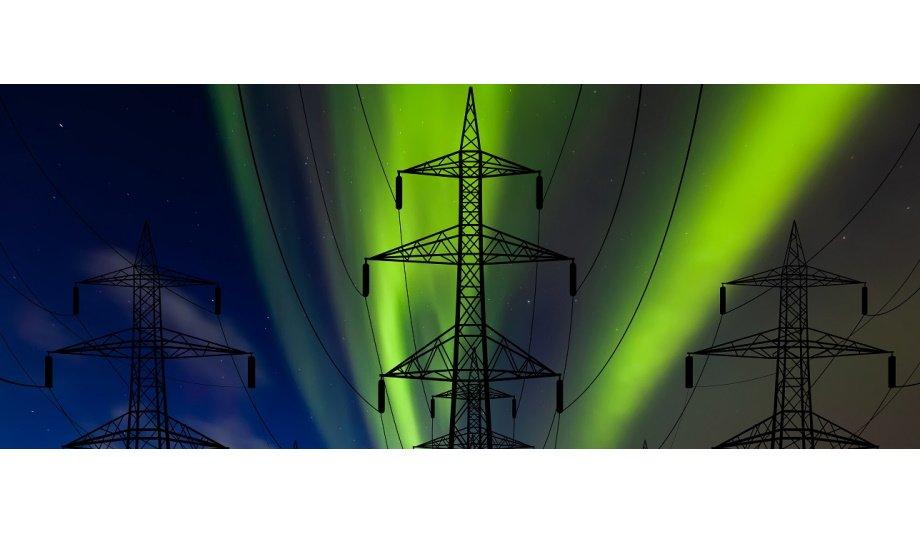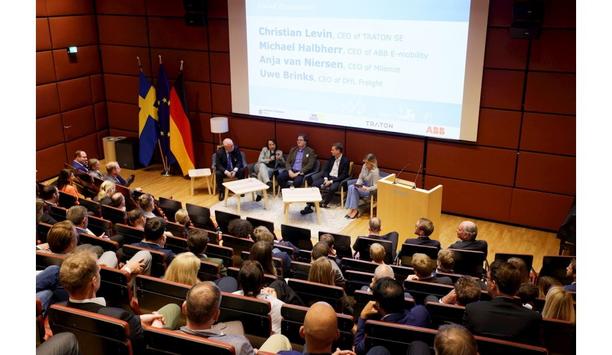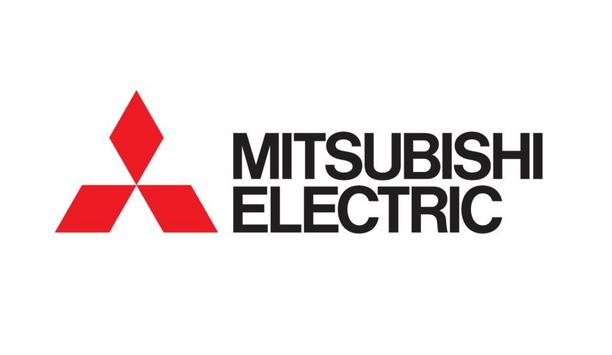Over the last five years fossil fuels have met only half of the new demand for energy globally, despite a rapid buildout of renewable capacity, according to DNV’s Energy Transition Outlook.
The report finds that between 2017-2022 renewables met 51% of new energy demand, whilst the remaining demand was supplied by fossil fuels. Renewables are still just meeting increased demand rather than replacing fossil fuels and in absolute terms fossil fuel supply is still growing.
Limiting global warming to 1.5°C warming is less likely than ever. To reach the goals of the Paris Agreement, CO2 emissions would need to halve by 2030, but DNV forecasts that this will not even happen by 2050.
Meeting the goals of the Paris Agreement
Energy related CO2 emissions are still hitting record highs and are only likely to peak in 2024
CO2 emissions will be only 4% lower than today in 2030 and 46% lower by midcentury. Energy related CO2 emissions are still hitting record highs and are only likely to peak in 2024, which is effectively the point at which the global energy transition begins.
“Globally, the energy transition has not started, if, by transition, we mean that clean energy replaces fossil energy in absolute terms,” said Remi Eriksen, Group President and CEO of DNV, adding “Clearly, the energy transition has begun at a sector, national, and community level, but globally, record emissions from fossil energy are on course to move even higher next year.”
Energy security Strengthened as a driver of energy policy
Energy security has strengthened as a driver of energy policy due to changes in the geopolitical landscape. Governments are willing to pay a premium for locally sourced energy, which has had a notable impact on the Outlook’s results.
For example, the Indian Subcontinent is now forecast to transition slower with more coal in the energy mix. In Europe the transition is accelerating with the alignment of climate, industrial and energy security objectives.
Renewables likely to outsprint fossil fuels in the future
Even if the transition is yet to get out of the starting blocks, once it starts renewables will outsprint fossil fuels. From now, most energy additions are wind and solar, which grow 9-fold and 13-fold respectively between 2022 and 2050.
Electricity production will more than double between now and 2050, bringing efficiencies to the energy system. The fossil to non-fossil split of the energy mix is currently 80/20 but this will move to a 48/52 split by mid-century.
Rise in global solar and wind power installations
Wind power will deliver 7% of global grid-connected electricity and installed capacity will double by 2030
Solar installations reached a record 250 GW in 2022. Wind power will deliver 7% of global grid-connected electricity and installed capacity will double by 2030, despite inflationary and supply chain headwinds.
However, in the near-term, transmission and distribution grid constraints are emerging as a key bottleneck for renewable electricity expansion and related distributed energy assets such as grid-connected storage and EV charging points in many regions, including in North America and Europe.
DNV to publish its ‘Pathway to Net Zero’ report
Remi Eriksen said, “There are short term set-backs due to increasing interest rates, supply chain challenges, and energy trade shifts due to the war in Ukraine, but the long-term trend for the energy transition remains clear: the world energy system will move from an energy mix that is 80% fossil based to one that is about 50% non-fossil based in the space of a single generation.”
He adds, “This is fast, but not fast enough to meet the Paris goals. Ahead of COP 28, DNV will publish its ‘Pathway to Net Zero’ report, showing that technology is not the main challenge, but rather the incentives to drive fast deployment of renewables & storage and dis-incentives to drive down emissions from fossil fuel are lacking.”







